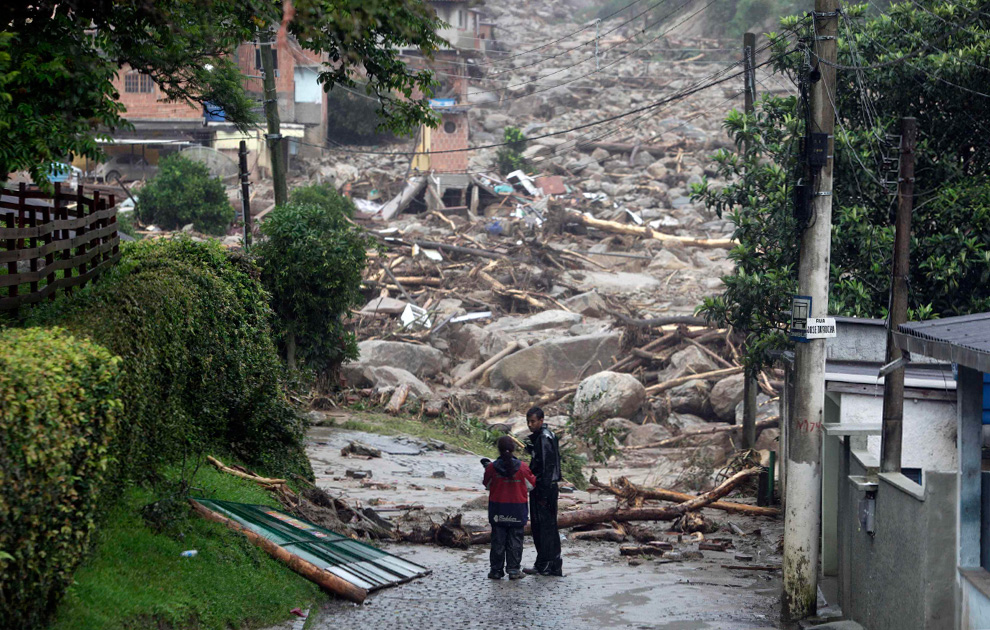The NATO-led international military coalition says a helicopter crash in Afghanistan has killed 11 people including seven international service members.
The crash took place in the Shah Wali Kot district of Kandahar province, the Afghan authorities said.
The military alliance says in a statement that at least three of those killed were American troops. The nationalities of the other four coalition service members were not immediately identified.
The statement says four Afghans were also killed — three members of the security forces and one Afghan civilian interpreter.
The coalition says it is investigating the cause of the crash.
The Taliban claimed responsibility for shooting down the helicopter, although the insurgents often exaggerate their victories and are quick to claim responsibility for any incident involving the death of foreign troops.
The area where the helicopter went down is an insurgent hotbed and supply route, lying north of Kandahar city near Zabul and Uruzgan provinces.
The Taliban shot down a CH-47 Chinook transport helicopter in August 2011, killing all 38 people on board, including 25 U.S. special operations soldiers.
Thursday 16 August 2012
http://www.guardian.co.uk/world/feedarticle/10394716
The crash took place in the Shah Wali Kot district of Kandahar province, the Afghan authorities said.
The military alliance says in a statement that at least three of those killed were American troops. The nationalities of the other four coalition service members were not immediately identified.
The statement says four Afghans were also killed — three members of the security forces and one Afghan civilian interpreter.
The coalition says it is investigating the cause of the crash.
The Taliban claimed responsibility for shooting down the helicopter, although the insurgents often exaggerate their victories and are quick to claim responsibility for any incident involving the death of foreign troops.
The area where the helicopter went down is an insurgent hotbed and supply route, lying north of Kandahar city near Zabul and Uruzgan provinces.
The Taliban shot down a CH-47 Chinook transport helicopter in August 2011, killing all 38 people on board, including 25 U.S. special operations soldiers.
Thursday 16 August 2012
http://www.guardian.co.uk/world/feedarticle/10394716




